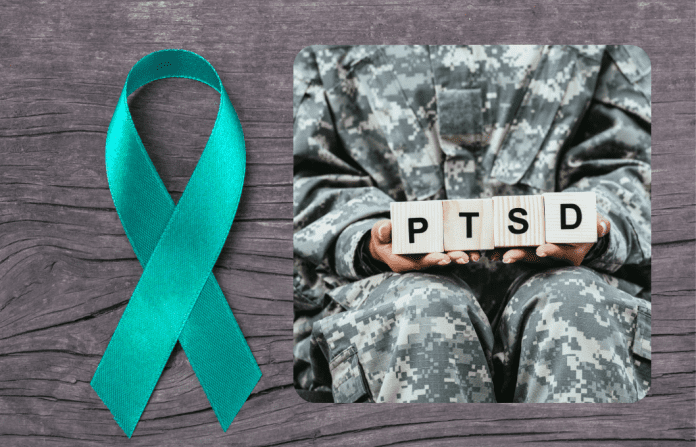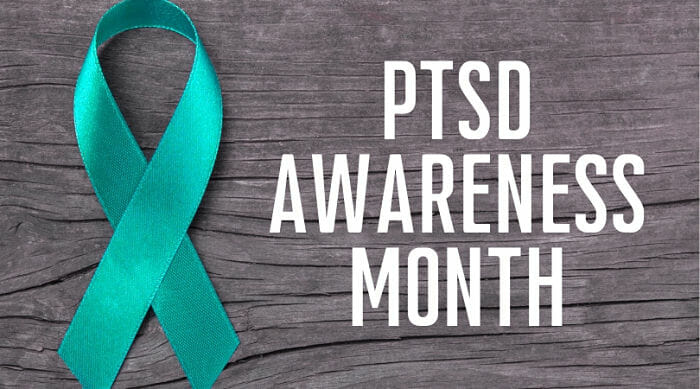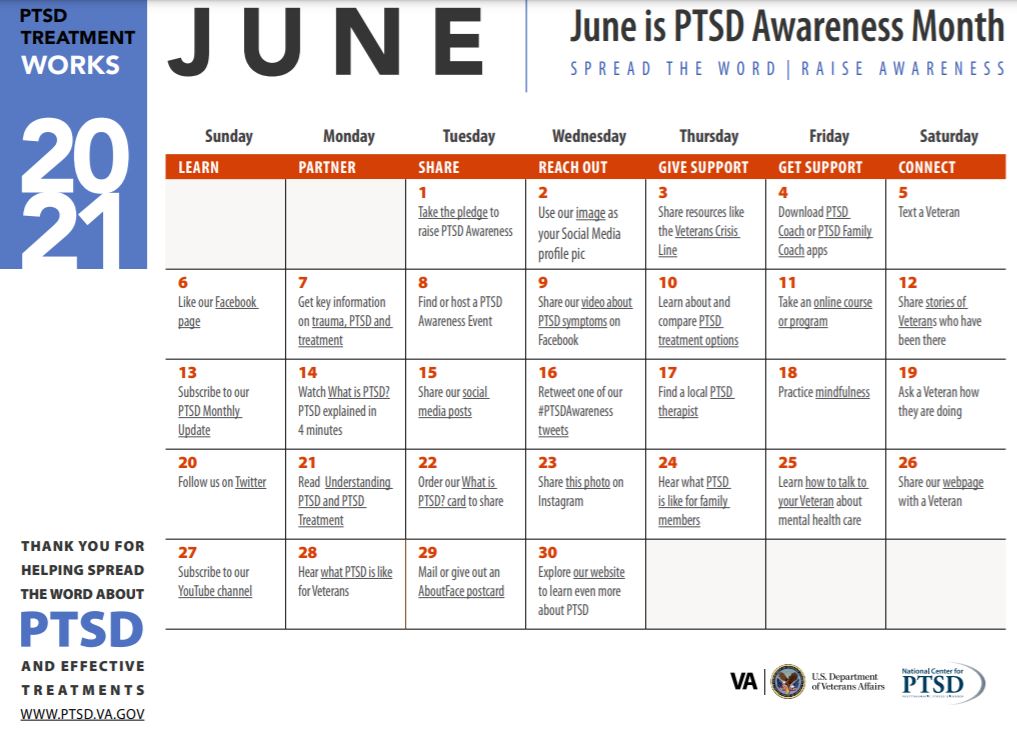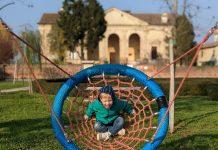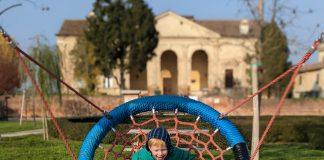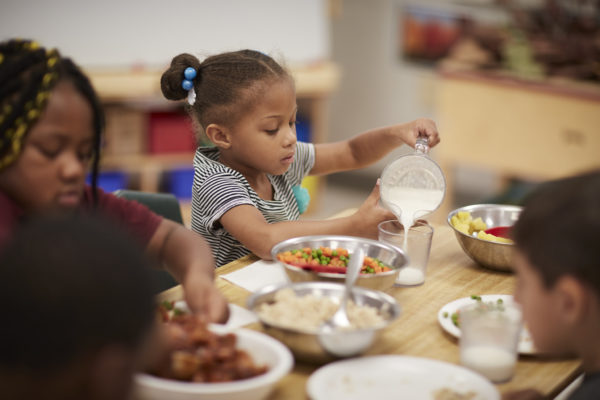I was on my first deployment to the Middle East, and I knew that I wasn’t going to return as the same person that left.
Since that first deployment I have become a Navy Veteran, military spouse, and military mother. I know the effects of PTSD personally and professionally. June is Post-Traumatic Stress Disorder (PTSD) Awareness Month, and I wanted to share some tips that we, as military spouses, can use to help and support our service members.
The facts
PTSD is a mental health problem that some people develop after experiencing or witnessing a life-threatening event, like combat, a natural disaster, a car accident, or sexual assault. There are currently about 8 million people in the United States with PTSD.
There are four types of PTSD symptoms, but they may not be exactly the same for everyone. Each person experiences symptoms in their own way.
- Reliving the event (also called re-experiencing symptoms). Memories of the traumatic event can come back at any time. You may feel the same fear and horror you did when the event took place.
- Avoiding situations that remind you of the event. You may try to avoid situations or people that trigger memories of the traumatic event. You may even avoid talking or thinking about the event.
- Negative changes in beliefs and feelings. The way you think about yourself and others changes because of the trauma.
- Feeling keyed up (also called hyperarousal). You may be jittery, or always alert and on the lookout for danger. You might suddenly become angry or irritable. This is known as hyperarousal.
What Are the Symptoms of PTSD in Children?
Children may have symptoms described above or other symptoms depending on how old they are. As children get older, their symptoms are more like those of adults. Here are some examples of PTSD symptoms in children:
- Children under 6 may get upset if their parents are not close by, have trouble sleeping, or act out the trauma through play.
- Children age 7 to 11 may also act out the trauma through play, drawings, or stories. Some have nightmares or become more irritable or aggressive. They may also want to avoid school or have trouble with schoolwork or friends.
- Children age 12 to 18 have symptoms more similar to adults: depression, anxiety, withdrawal, or reckless behavior like substance abuse or running away.
You can read more about PTSD basics, treatments and resources available here.
How can I help?
The Department of Veteran Affairs has created an easy-to-follow calendar with helpful activities for each day of June.
Check out this previous post on the Military Mom Collective sharing tips for navigating Military Life, PTSD, and substance abuse.


